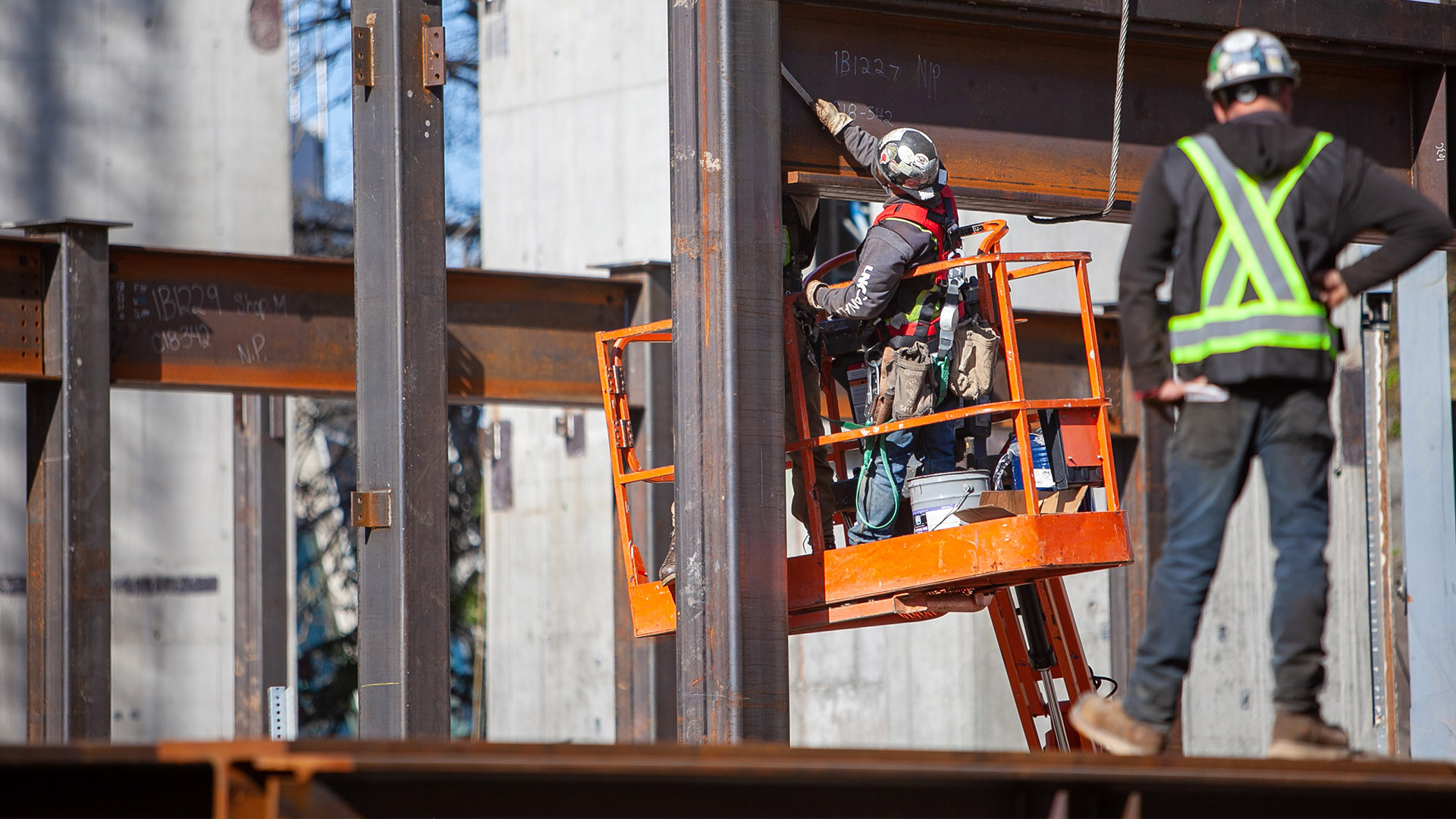
The Future of Commercial Lifts: Innovations and Trends
The commercial lift industry is continuously evolving, driven by advancements in technology, changing safety regulations, and a growing emphasis on sustainability. Here are some of the key innovations and trends shaping the future of commercial lifts:
The future of commercial lifts is marked by innovation, sustainability, and a strong focus on safety and user experience. As these trends continue to evolve, we can expect elevators to play an increasingly integral role in the functionality and design of commercial buildings.
- Smart Elevators: The integration of IoT (Internet of Things) technology allows elevators to become smarter. Smart elevators can predict usage patterns, adjust elevator service in real-time, and enhance energy efficiency by optimizing routes.
- Destination Control Systems: Traditional up-and-down buttons are being replaced by destination control systems. Passengers input their desired floor, and the system assigns them to the most efficient elevator, reducing wait times and energy consumption.
- Energy Efficiency: Elevator manufacturers are focusing on reducing energy consumption. Regenerative drives, LED lighting, and sleep mode features are becoming standard to lower operating costs and environmental impact.
The future of commercial lifts is marked by innovation, sustainability, and a strong focus on safety and user experience. As these trends continue to evolve, we can expect elevators to play an increasingly integral role in the functionality and design of commercial buildings.
- Green Elevators: Sustainable materials and energy-efficient components are being used in lift construction. Additionally, some elevators are designed to generate electricity as they move, further reducing their carbon footprint.
- Safety Enhancements: Safety is always a priority. New safety features include improved door systems, advanced sensors, and real-time monitoring to detect issues and prevent accidents.
- Accessibility: Elevators are becoming more accessible with features like voice-activated controls, larger cabins, and enhanced signage for people with disabilities.
- Aesthetics: Elevators are no longer just functional; they are also design elements. Customizable interiors, glass walls, and artistic finishes are increasingly popular to enhance the aesthetics of commercial spaces.
- Remote Monitoring and Maintenance: Elevator companies are implementing remote monitoring and diagnostics to detect and address issues proactively. This reduces downtime and improves maintenance efficiency.
- Touchless Controls: In response to the COVID-19 pandemic, touchless controls and antimicrobial surfaces have gained importance, reducing the need for physical contact with elevator buttons and surfaces.
- Vertical Mobility Solutions: As urbanization continues, vertical mobility solutions are expanding beyond traditional elevators to include escalators, moving walkways, and even aerial transportation systems like urban air mobility.



0 comments
Write a comment